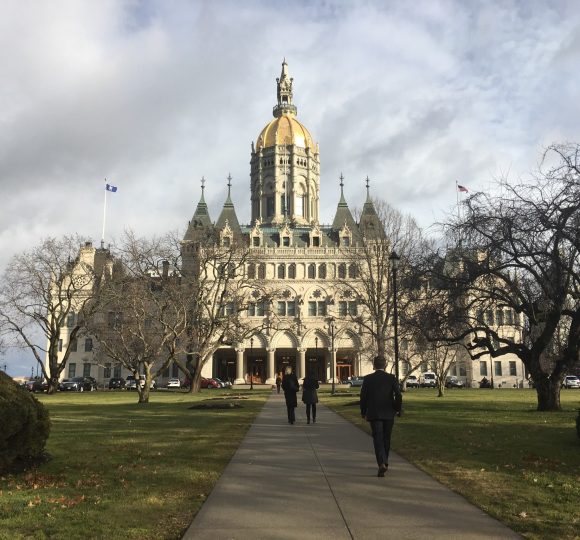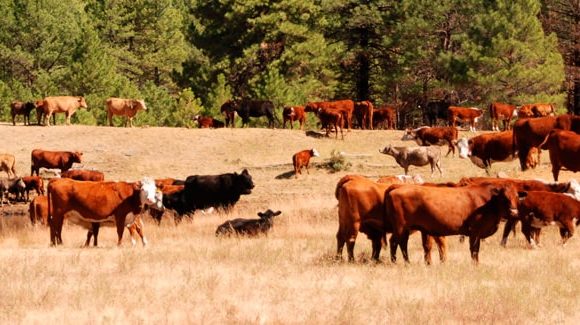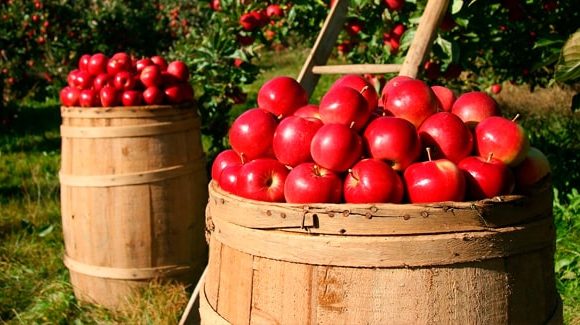The new conservation reserve program invites owners or qualified operators of highly erodible cropland to convert that land to vegetative cover for a 10-year period in exchange for annual rents paid by the U.S. Department of Agriculture. The American Farmland Trust commissioned a survey of representative samples of participants and nonparticipants in this program as of the summer of 1986. The total of 1,173 respondents came from 59 counties in 23 states. Counties were selected randomly from nationwide pools of counties with relatively large quantities of CRP-eligible land. Among the interviewed nonparticipants, the three most frequently cited reasons for not applying to the program were the perceptions that their land was not eroding badly enough to be eligible, that the compensation expected from USDA was too low, and that the 10-year period was too long. According to the members of both samples, the three program reforms most likely to attract new land into the CRP were permitting enrolled land to be grazed or hayed, allowing CRP acres to be used to meet set-aside requirements, and increasing the annual program rents paid by USDA.
Publications
Landowner Views of Obstacles to Wider Participation in the Conservation Reserve Program
Publication Name
Journal of Soil and Water Conservation
Downloadable Documents
Links
Author
J. Dixon Esseks and Stephen E. Kraft
Publisher
Ankeny, IA: Soil and Water Conservation Society
Page Numbers
410-414
Publication Date
January 01, 1986
Publication Type
Articles
State
National
Keywords
Conservation Policies and Programs





